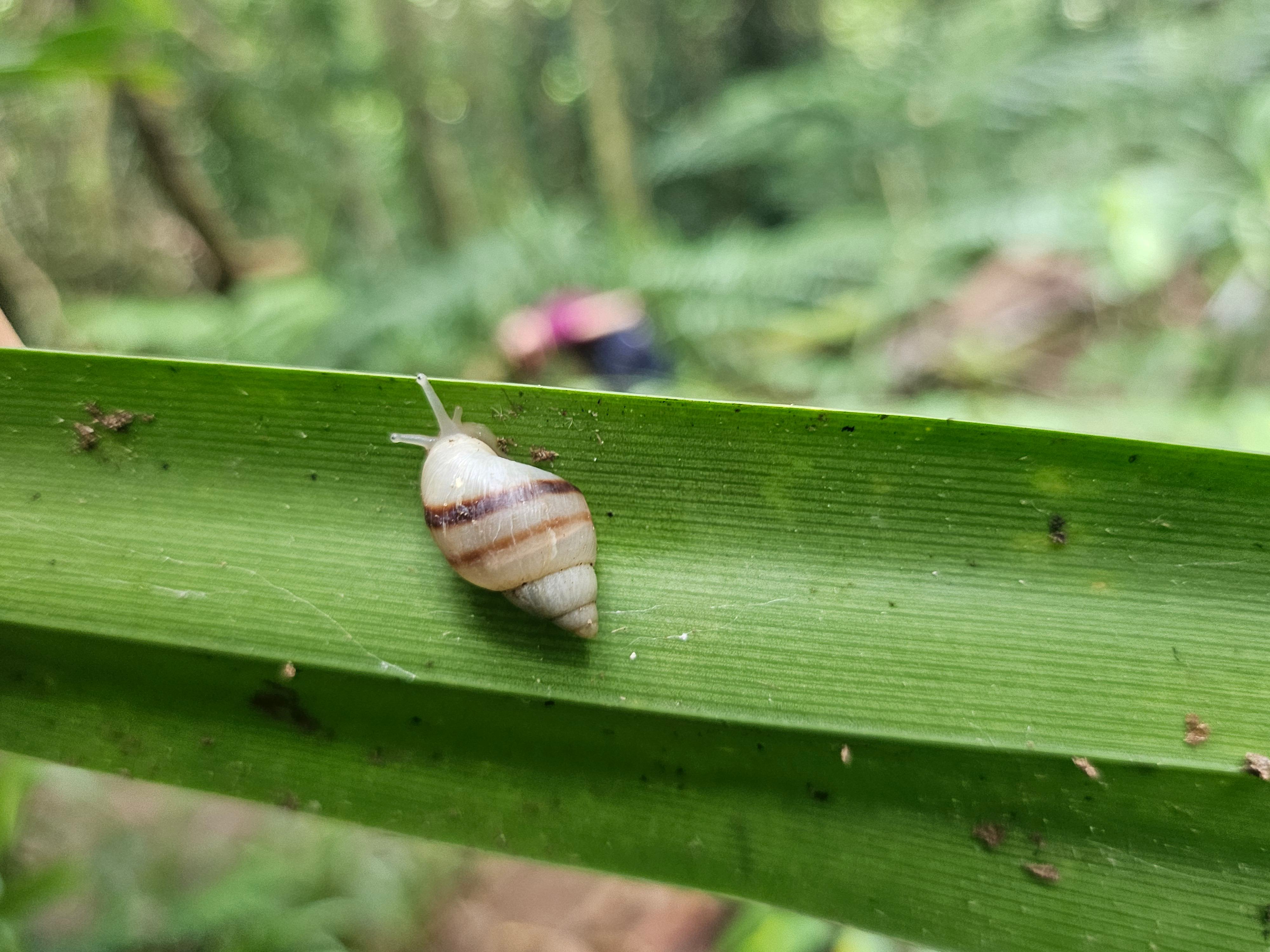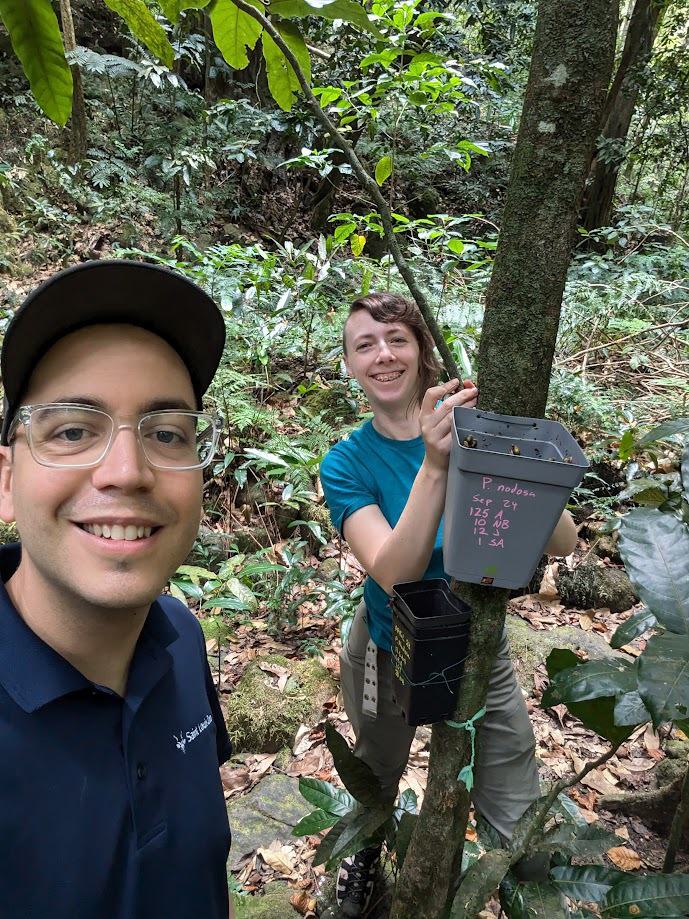A decades long conservation effort involving the Saint Louis Zoo reached a historic milestone this month with the discovery of the first wild-born Partula tohiveana snail since the species went extinct in the wild in the 1980s.
In 1990, Saint Louis Zoo joined a global effort of zoos across Europe and North America dedicated to keeping the tiny, but important Partula snails from extinction. The zoos worked to reintroduce zoo-raised snails to their native island homes in French Polynesia.
In early September, Saint Louis Zoo served as a U.S. hub for an annual reintroduction of Partula snails to the wild led by the Zoological Society of London. Saint Louis Zoo Invertebrate Keeper Anthony Oliveira traveled to Tahiti to help care for, release and monitor the snails.

During the release effort, the conservation team discovered an unmarked Partula tohiveana: proof that the global project’s previously reintroduced snails have successfully bred in the area.
The momentous discovery means Partula tohiveana can now be considered as established – an incredibly rewarding result for years of dedication and collaboration. The discovery makes history as very few species that are completely extinct in the wild have ever been successfully reintroduced.
Conservationists will now begin the process of downlisting the snails from Extinct-in-the-Wild to Critically Endangered on the IUCN’s Red List.

"This discovery is a testament to the importance of zoos in conservation around the world," said Kayla Garcia, Saint Louis Zoo Zoological Manager of Invertebrates. "We have dedicated thousands of staff and volunteer hours over decades to saving these highly endangered snails. We are proud that all our work and the tireless efforts of our collaborators have made this reintroduction into the wild possible."
This year’s reintroduction released about 6,000 snails belonging to 10 species and sub-species of Partula snail reared at zoos around the world. Saint Louis Zoo coordinated the shipment of more than 3,200 of the Partula nodosa species of Partula snails from U.S. zoos to Tahiti for the release, including about 1,000 snails raised at Saint Louis Zoo.
Partula snails are a genus of snail that experienced a devastating decline when the predatory rosy wolf snails (Euglandina rosea) were introduced to French Polynesian islands in the 1970s as a form of biological control. In the 1980s, scientists began to notice the rapid decline of Partula snails and zoos around the world worked to raise assurance populations in human care in hopes of avoiding extinction and restoring the snails' important role in Polynesia's ecological health.
In 1990, Saint Louis Zoo initiated the Partula Species Survival Plan (SSP) to manage the Partula snail populations on a national scale.
Over decades, the Zoo has provided funding for staff, equipment for field surveys, the construction and monitoring of predator exclusion reserves, and reintroduction efforts, in addition to regularly sending snails raised at the Saint Louis Zoo for release into the wild beginning in 2015.
Read a joint announcement of the news from the Zoological Society of London and other collaborators here.
Photos and credit information available for media use can be found on Dropbox here.

